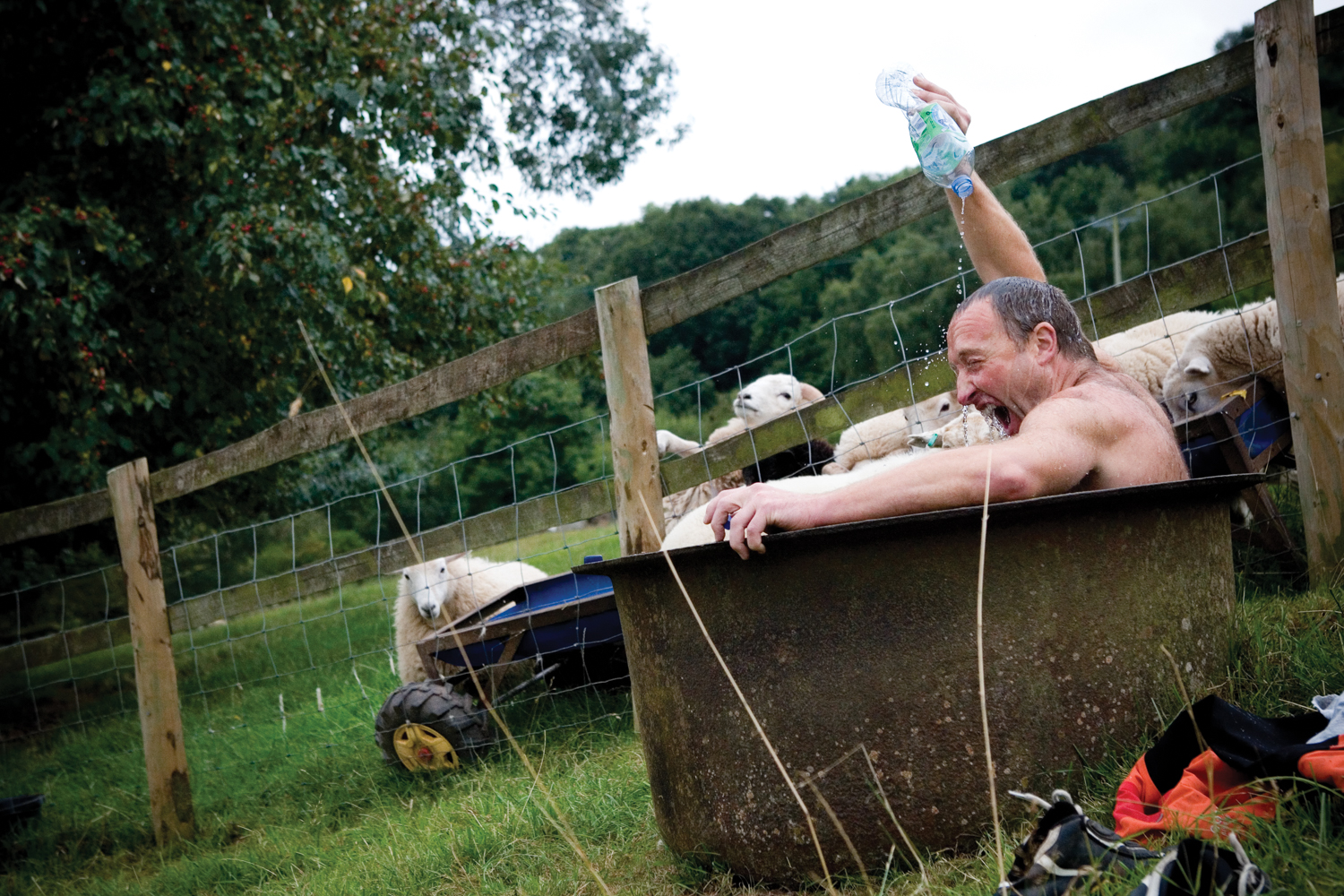
As you all know I spend a lot of time dealing with injuries and returning people (from weekend warriors to elites) back to sport. We’ve built a reputation for dealing with catastrophic career and life threatening injuries, then returning that person or athlete to their sport as soon as possible.
From Dirt Issue 145 – March 2014
Words by Darren Roberts. Photo by Rich Baybutt.
For whatever reason the modern medicine model is one of reaction rather than pro–action and prevention. In simple terms as I explain it, it’s like pumping up a flat tyre – only the symptom is treated. Not the causes or any thought to what might happen in the next days, weeks, months or even years. All too often I find myself dealing with people who could have been saved a huge amount of time and trouble if they were just told one thing differently.
Sometimes people are told to sit at home for six weeks, waiting for the body to heal itself. No thought is given to the detrimental effect of that massive period of inactivity on the rest of the body, not to mention the injury itself and the mind. The body is an impossibly complicated chemical engine, and it needs to be worked. Just because you have a broken leg doesn’t mean you can’t do anything. People are often shocked to see us in the gym with seriously injured people, but the injured athlete needs to move not only for physical health but mental health too. The endorphin release from a workout is a much needed ‘feel good’ moment for someone that is long term injured. The blood flowing hard around the body taking much needed healing nutrients and processes to the extremities and injury site itself. Of course I’m not suggesting people start busting out marathons on broken legs, but under proper supervision we can have any person with any injury in the gym or pool working.
I present at conferences on the fact that injuries are not illnesses, and to focus on what someone can do rather than the long list of what they can’t. Injury by default is a negative process, with few people doing anything to make it a positive process. As far as we’re concerned it’s an opportunity to rebuild strong foundations and get someone back fitter and stronger than they were before. Taking this attitude and process makes the injury a side distraction to the main focus, which is keeping someone fit and strong, it’s just a bump in the road – even if it’s career threatening. As mentioned, this needs to be done under strict supervision, but whatever limb or joint is injured the rest of your body can be worked. By focusing on what you can do rather than what you can’t, you empower yourself and not the injury. Its physical and mental significance is diminished as you regain control of something that appeared to be out of your control. I know these sound like fluffy psychological semantics, but your attitude towards an injury can and does have a profound effect on its outcome.
An injury is not an illness, it’s an opportunity…
This article is part of the Work Out series. You can find the rest of Darren Roberts training tips through the links below:
[series]





